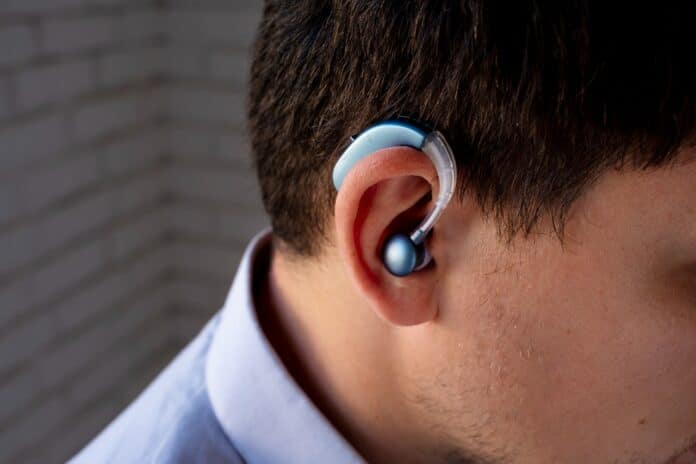The human ear is a complex and intricate sensory organ responsible for our ability to perceive sound. However, scientists have faced significant challenges when it comes to hearing restoration. In a recent groundbreaking discovery, researchers have identified an unexpected doorway into the ear that could open up new possibilities for restoring hearing. This exciting finding holds promise for developing novel approaches and therapies to treat hearing loss and improve the quality of life for individuals with auditory impairments.
A breakthrough study led by an international team of researchers has introduced a novel drug delivery method for the inner ear. The researchers achieved remarkable results by leveraging the natural fluid flow within the brain and utilizing a lesser-known entryway into the cochlea. Through this delivery technique and a gene therapy aimed at repairing inner ear hair cells, the hearing was successfully restored in deaf mice. This groundbreaking achievement holds great promise for developing future treatments for hearing loss in humans.
Maiken Nedergaard, MD, DMSc, senior author of the new study, which appears in the journal Science Translational Medicine, said: “These findings demonstrate that cerebrospinal fluid transport comprises an accessible route for gene delivery to the adult inner ear and may represent an important step towards using gene therapy to restore hearing in humans.”
The collaborative efforts of researchers from the University of Rochester, the University of Copenhagen, and the Karolinska Institute in Stockholm have led to an introductory study on hearing loss. Co-directed by Nedergaard, the study was conducted in collaboration with Barbara Canlon’s team at the Karolinska Institute. With an estimated 2.5 billion people worldwide projected to experience varying degrees of hearing loss by mid-century, the research focused on understanding the underlying causes. The primary factor contributing to hearing loss is the death or dysfunction of hair cells in the cochlea, which are responsible for transmitting sound signals to the brain. These conditions can arise from various factors, including genetic mutations, aging, exposure to loud noises, and other influences.
In the quest for effective gene therapies to restore hearing, researchers have encountered challenges in reaching the delicate cochlea without causing damage. However, a recent study has shed light on a previously little-known pathway called the cochlear aqueduct, offering a potential solution. This thin bony channel, not more significant than a strand of hair, was traditionally believed to regulate ear pressure. However, the study reveals that it also connects the inner ear’s cerebrospinal fluid to the rest of the brain.
Additionally, the study highlights the mechanics of the glymphatic system, which removes waste from the brain. This system presents an intriguing opportunity for drug delivery, particularly in treating neurological disorders where accessing the brain is challenging. The findings of this research provide valuable insights and pave the way for novel approaches to hearing restoration and drug delivery to the brain.
Exciting developments in drug delivery and hearing restoration research have emerged as scientists discovered the extensive reach of the glymphatic system beyond the brain. Researchers employed advanced imaging and modeling techniques to trace the fluid movement from the brain to the inner ear through the cochlear aqueduct. Leveraging this newfound understanding, the team administered an adeno-associated virus into the cisterna magna, allowing it to navigate the cochlear aqueduct and deliver gene therapy to the inner ear. This therapy expressed a protein called vesicular glutamate transporter-3, enabling the restoration of hair cell function and rescuing hearing in adult deaf mice. The implications of this breakthrough extend to potential applications in human patients with progressive genetic-related hearing loss, offering hope for future advancements in auditory research and treatment.
Journal Reference:
- Barbara K. Mathiesen et al. Gene therapy delivery through a cerebrospinal fluid conduit to rescue hearing in adult mice. Science Translation Medicine. DOI: 10.1126/scitranslmed.abq39
